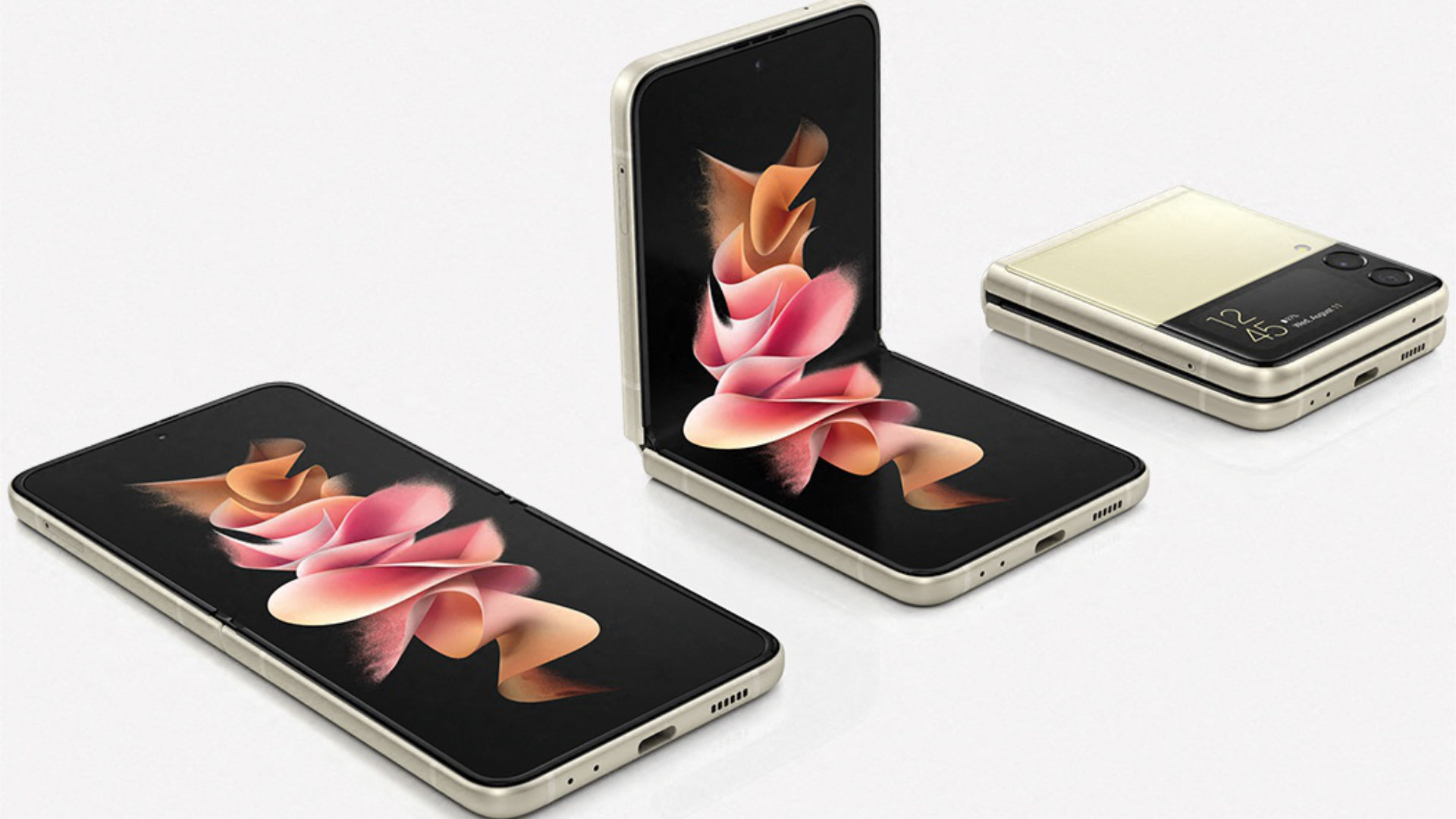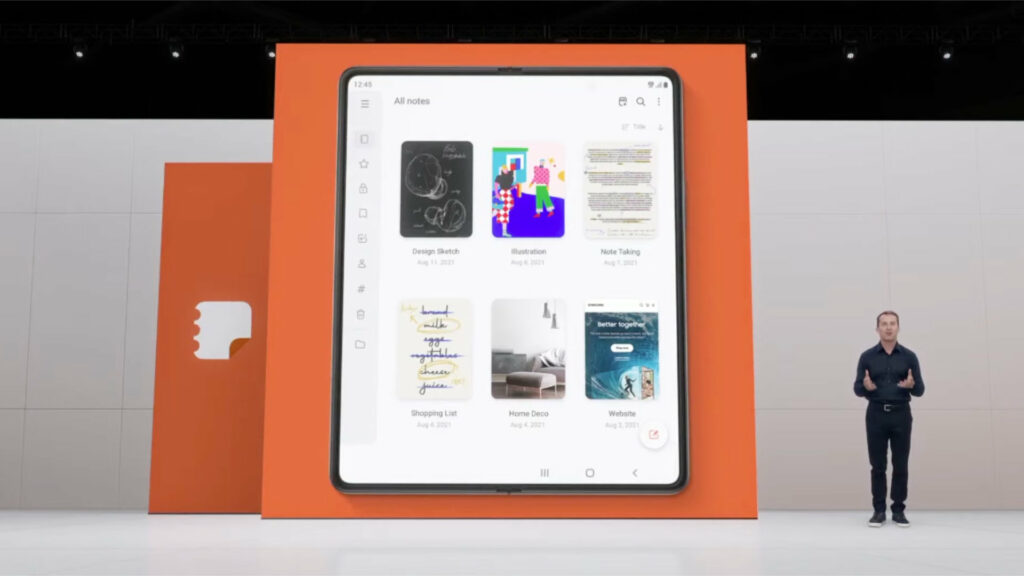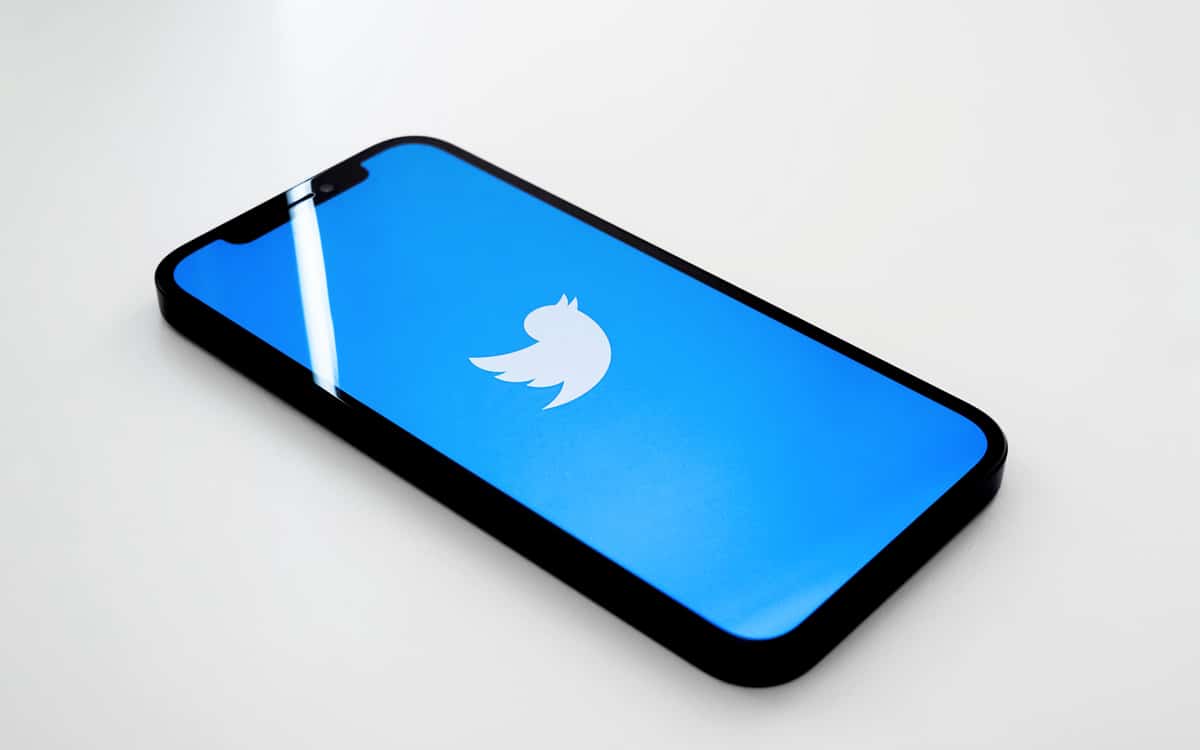
Foldable smartphones are more affordable than ever. But that doesn’t necessarily make them more essential. With the presentation of the Galaxy Z Fold 3 and Z Flip 3 by Samsung, the path that remains to be taken to impose these new smartphones on the market is quite clear.
Samsung has said it over and over again, 2021 will be the year of the foldable. Two years after the arrival of the first Galaxy Fold of the name, the Korean company hopes to convince the general public to adopt these phones of a new kind. The Galaxy Z Flip 3 presented on August 11, 2021 is the perfect example of this new philosophy.
The phone that will be sold for 1,059 euros wants to compete with the iPhone and other ultra high-end phones on the market. For the first time, a foldable smartphone will therefore be sold at a price close to the other phones in its range. Symbolically, the course is important. In practice, the foldable lacks the arguments to impose itself on the market.
The foldable needs Xiaomi and Apple
At 1,059 euros, the Samsung foldable is affordable… for a phone like this. But even at this price, the Z Flip 3 is still very expensive. Putting more than 1,000 euros in a smartphone is not trivial. Only the most affluent technophiles can consider buying such phones. Democratizing a new type of smartphone will never be done with phones sold for more than 1,000 euros.
To really win, the foldables need a model sold at a few hundred euros maximum. The democratization of the traditional smartphone is largely linked to the slashed prices offered by certain manufacturers such as Xiaomi. Even at Samsung, phones from the Galaxy A range sell much more than the Galaxy S or Note range.
To put it more simply, the foldable phone will never be democratized before a manufacturer releases a 300 euro model that will shake up the market, as Xiaomi and others have been able to do with traditional smartphones, a few years ago. years.
The foldable smartphone will also have to establish itself as a real trend in the industry and not remain an idea carried by Samsung. And when it comes to setting trends, one name invariably comes up: Apple. The iPhone builder is one of the few brands to have enough media impact to make the subject unavoidable. Rarely first in innovations of this kind, Apple on the other hand knows how to convince the general public better than anyone of the value of such technologies. Alone, Samsung will have a hard time convincing.
The importance of Google
The last thing the foldable phone market needs is a strong software ecosystem. Android is notoriously quite limited on the tablet format with many applications that only stretch the smartphone interface to take up all the available space. Since the first Android tablets in 2010, this sad observation has not really changed.
Samsung said it has worked with many app publishers to improve the tablet experience on its Galaxy Fold, but it is essential that Google encourages the ecosystem as a whole to seriously take the foldable turn. It is only with the pressure of the publisher of Android itself that the foldable market can give birth to new experiences which will be able to convince the general public of the interest of such machines. The demonstrations offered by Samsung during its conference (multitasking, game in tablet format, etc.) are struggling to convince on paper since no really new use is born of this new format.

To summarize, foldable smartphones need an industrial dynamic driven by different brands, a real reflection on the usefulness of the format and time to see their price drop. The good news is that Xiaomi, Apple, Google and others are already working on the subject, but the results may not be seen for a few long years.



